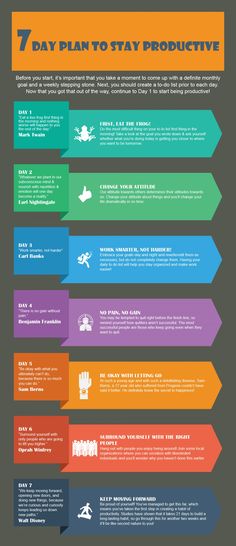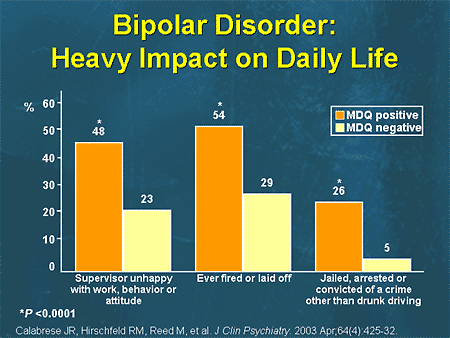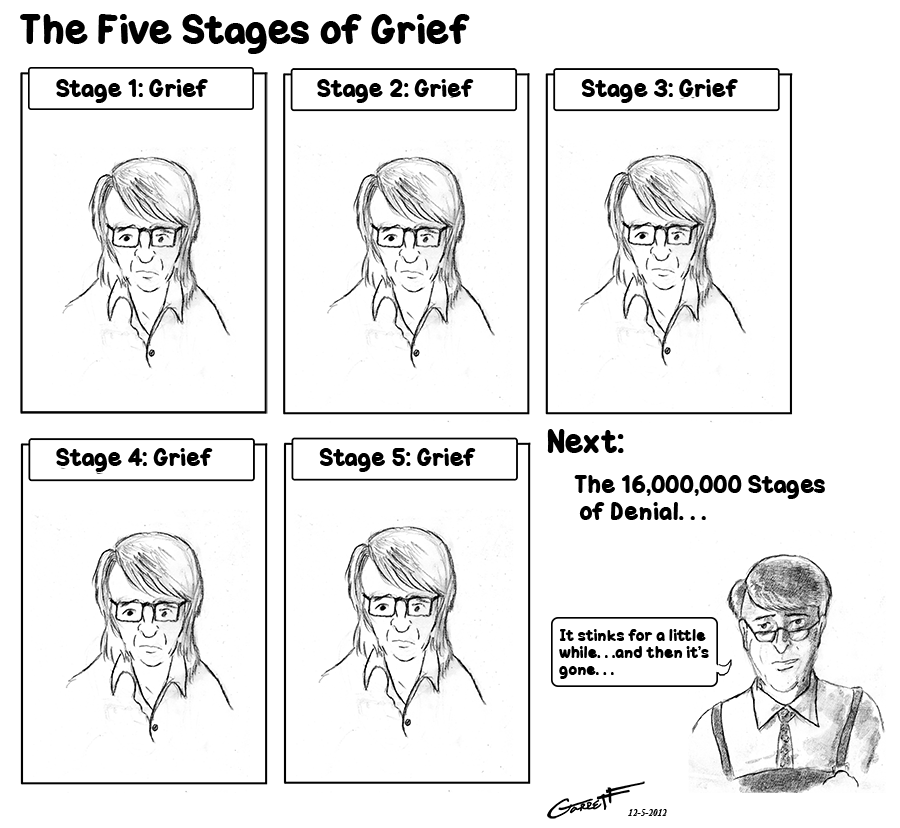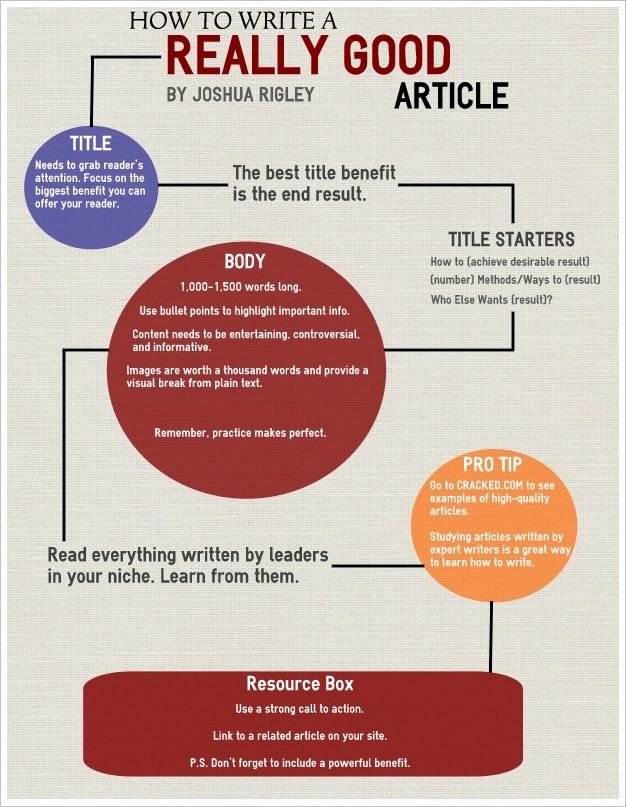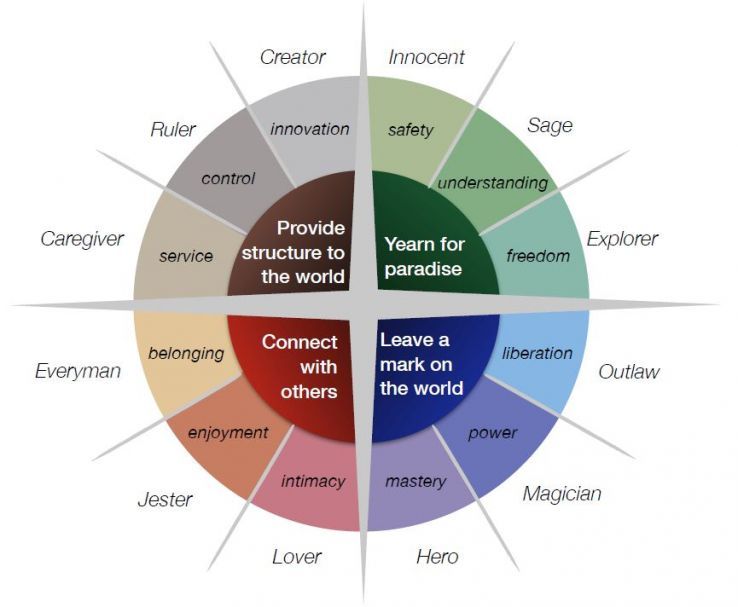Creating a habit
5 steps to create a habit, according to science
Sign up for CNN’s Stress, But Less newsletter. Our six-part guide will inform and inspire you to reduce stress while learning how to harness it.
CNN —
Most of us assume those hyper-achievers who are always able to squeeze in their workout, eat healthy foods, ace their exams and pick their kids up on time must have superhuman self-control. But science points to a different answer: What we mistake for willpower is often a hallmark of habit.
People with good habits rarely need to resist the temptation to laze on the couch, order greasy takeout, procrastinate on assignments, or watch one more viral video before dashing out the door. That’s because autopilot takes over, eliminating temptation from the equation. Having established good habits, little to no willpower is required to choose wisely.
Sounds great, right? The only catch is that building good habits takes effort and insight. Thankfully, science offers both guidance on how to begin and strategies to lighten your lift. Here are a few research-backed steps sourced from my book, “How to Change,” that can set you on the path from where you are to where you want to be.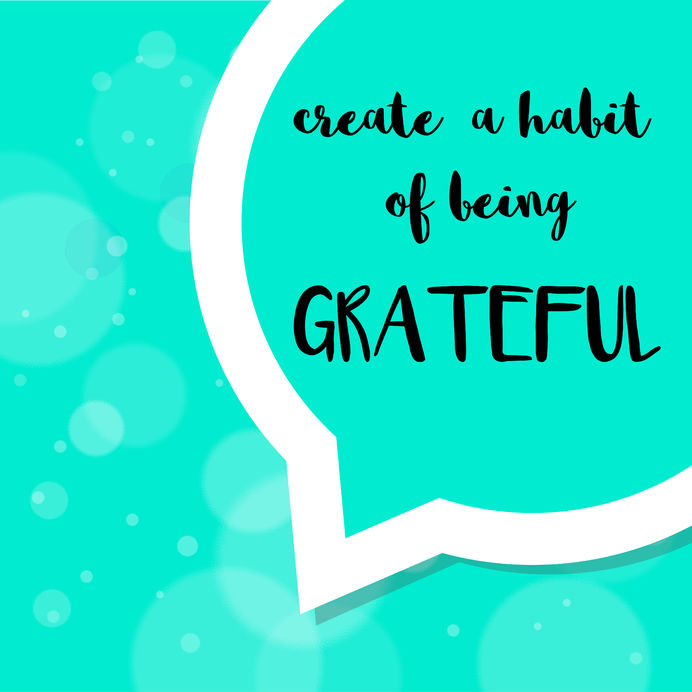
The way you define the goal you hope to turn into a habit does matter. Goals like “meditate regularly” are too abstract, research has shown. You’ll benefit from being more specific about what exactly you aim to do and how often.
Don’t say “I’ll meditate regularly.” Say, “I’ll meditate for 15 minutes each day.”
Having a bite-size objective makes it less daunting to get started and easier to see your progress.
Now that you have established a specific goal, it’s time to think about what will cue you to follow through. Scientists have proven that you’ll make more progress toward your goal if you decide not just what you’ll do, but when you’ll be cued to do it, as well as where you’ll do it and how you’ll get there.
A plan like “I’ll study Spanish for 30 minutes, five days a week” is OK. But a detailed, cue-based plan like “Every workday after my last meeting, I’ll spend 30 minutes studying Spanish in my office” is much more likely to stick as a habit.
Dana Santas, a mind-body coach in professional sports, has tips to start sharpening your gratitude skill and begin making it an ongoing practice.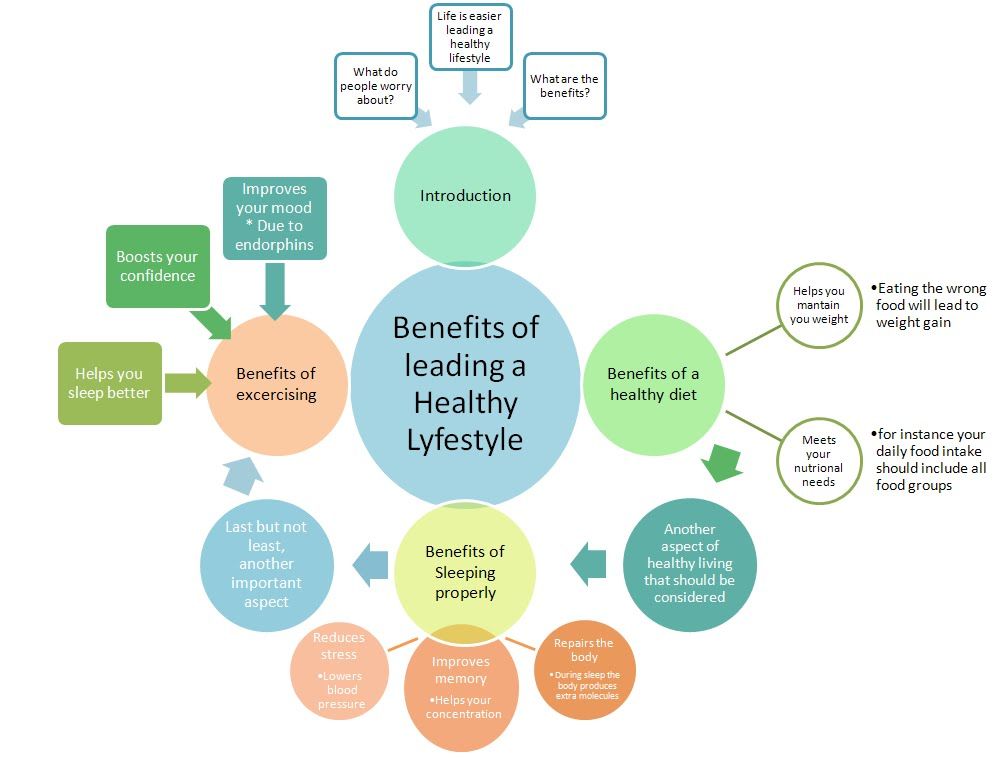
Boost your mood with this 5-day gratitude challenge
Making this kind of plan reduces the chances you’ll forget to follow through because the when and where in your plan will serve as cues to action that jog your memory. Even better: Put your plan on your calendar so you’ll get a digital reminder. An established, hyper-specific plan also forces you to anticipate and maneuver around obstacles and makes procrastination feel more sinful.
When we set out to build a new habit, most of us overestimate our willpower and set a course for the most efficient path to achieving our end goal. Say you hope to get fit by exercising regularly – you’ll likely look for a workout that can generate quick results like grinding it out on a treadmill. But research has shown you’ll persist longer and ultimately achieve more if you instead focus on finding ways to make goal pursuit fun.
Say you hope to get fit by exercising regularly – you’ll likely look for a workout that can generate quick results like grinding it out on a treadmill. But research has shown you’ll persist longer and ultimately achieve more if you instead focus on finding ways to make goal pursuit fun.
When it comes to exercise, this might mean going to Zumba classes with a friend or learning how to rock climb. If you’re trying to eat more fruits and vegetables, it might mean swapping doughnut breakfasts for tasty smoothies, which can combine multiple servings of fruits and veggies in one delicious drink. Because you are far more likely to stick with something you enjoy and repetition is key to habit formation, making the experience positive is critical, but it’s often overlooked.
Chris Joutbert/Adobe StockHow to enjoy working out if you hate exercise
One excellent way to make goal pursuit fun is to try what I call “temptation bundling.” Consider only letting yourself enjoy an indulgence you crave while working toward your goal. For example, only let yourself binge-watch your favorite show while at the gym or enjoy a beloved podcast while cooking healthy meals. My own research shows that temptation bundling improves follow-through; it transforms goal pursuit into a source of pleasure, not pain.
By the time we put a behavior on autopilot, a lot of us fall into fairly consistent routines, tending to exercise, study or take our medication at the same time of day and in the same place. But when you’re in the start-up phase of habit building, contrary to popular opinion, my research suggests it’s important to deliberately insert some variability into your routine.
You’ll still want to have a first best plan – maybe an 8 a.m. meditation session if you’re trying to kick-start a mindfulness habit. But you should also experiment with other ways of getting the job done. Try to mix in a noon session and maybe a 5 p.m. meditation, too.
Successful habit building relies on frequently repeating a behavior, and if your routine becomes too brittle, you’ll follow through less often. A flexible habit means you can still do what you need to even when a wrench is thrown in your first best plans – say, a traffic jam on the way to dropping the kids off at school that gets in the way of your morning meditation.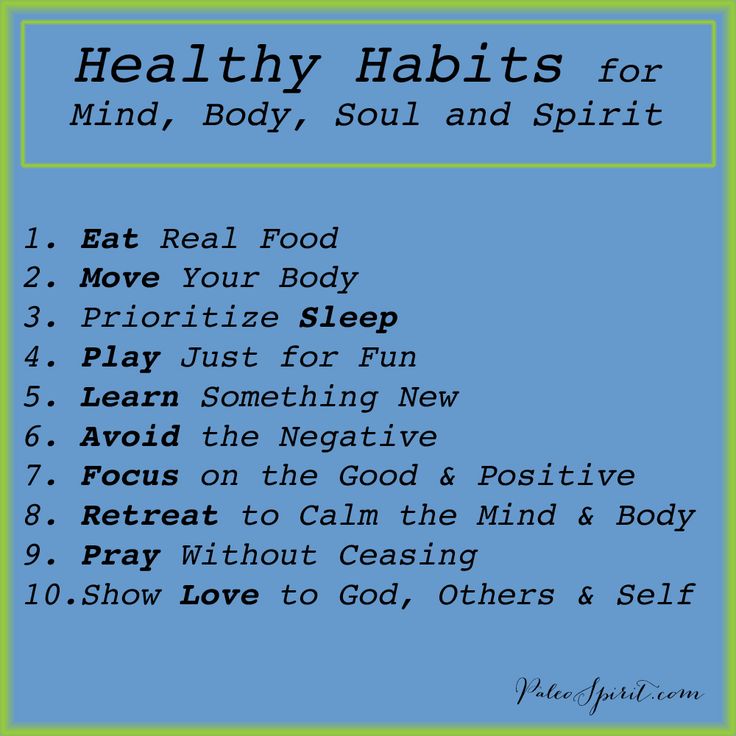
5 expert tips to stress less this fall
One way to be flexible that’s proven useful is by giving yourself “emergency reserves.” Emergency reserves are a limited number of get-out-of-jail-free cards for those days when you really can’t squeeze in your 10 minutes of meditation, regular jog or Spanish practice.
It’s more motivating to set a tough goal for yourself – meditating every day, for instance – than an easy one, according to research.But missing multiple sub-goals along the way can be discouraging. A couple of emergency reserves each week give you the flexibility to miss a day when a real emergency arises without getting discouraged and abandoning your objective entirely.
This step is obvious but sometimes overlooked. Seek out social support. Social support isn’t just about having cheerleaders and people to hold you accountable – though both can add value, so I’d suggest telling your friends and family about your goals.
iStock18 comfortable pairs of sneakers to walk all day in (CNN Underscored)
We’re strongly influenced by the behaviors of the people around us, evidence shows. Want to start running regularly? You’re probably better off joining an established running club than asking a few friends who aren’t yet in the habit of jogging to get in shape with you.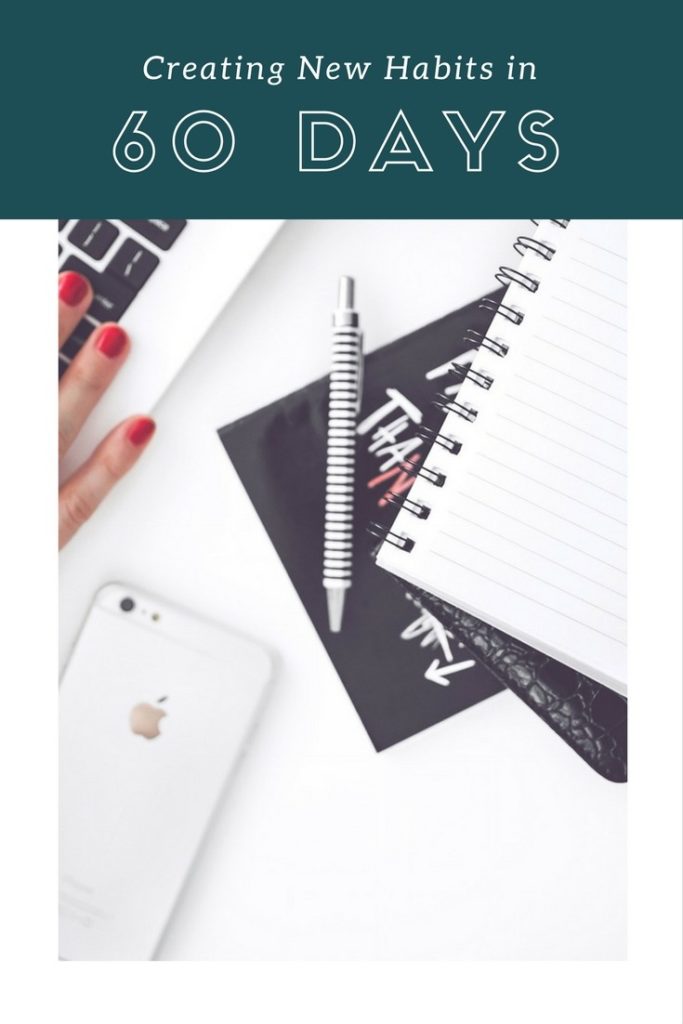 People in the running club have already built the habits you want. You can learn from them about what works and gain friends who will make you feel like a slouch when you slack off.
People in the running club have already built the habits you want. You can learn from them about what works and gain friends who will make you feel like a slouch when you slack off.
Good habits are contagious, so try to catch some by hanging out with people who are a little ahead of you on the learning curve. It’s important not to get too crazy – if you try to train with marathoners when you’re just hoping to work up to a 5K, I’ve found it can be discouraging.
But in general, research by myself and others shows that finding people to socialize with and emulating those who have already accomplished what you want to accomplish can make a world of difference.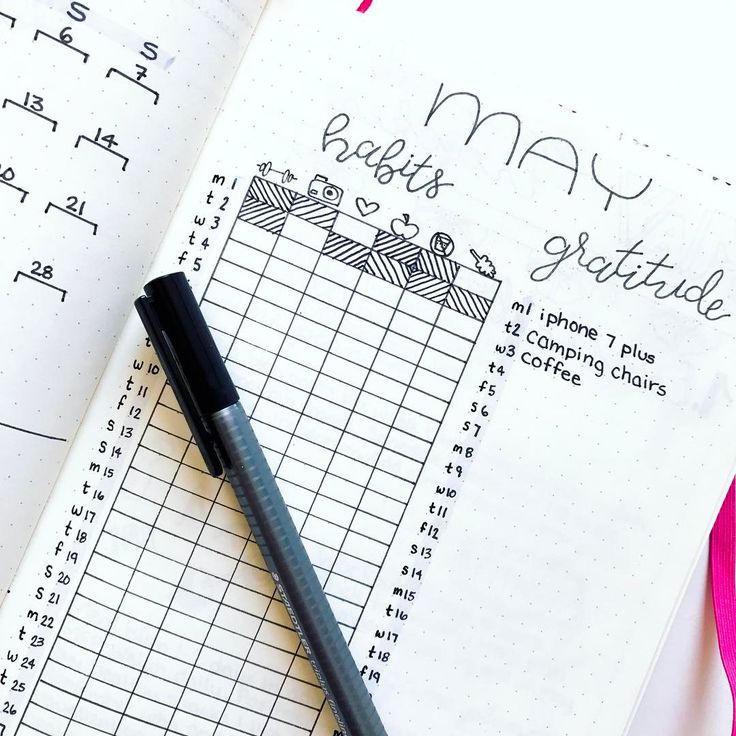 As an added bonus, when you pursue your goals in tandem with people you like, that makes it more fun!
As an added bonus, when you pursue your goals in tandem with people you like, that makes it more fun!
Award-winning behavioral scientist Katy Milkman is the James G. Dinan Professor at the Wharton School of the University of Pennsylvania, author of “How to Change: The Science of Getting from Where You Are to Where You Want to Be,” co-founder of the Behavior Change for Good Initiative, and the host of Charles Schwab’s “Choiceology” podcast.
This is Your Strategy Guide
According to researchers at Duke University, habits account for about 40 percent of our behaviors on any given day. 1 Understanding how to build new habits (and how your current ones work) is essential for making progress in your health, your happiness, and your life in general.
But there can be a lot of information out there and most of it isn’t very simple to digest.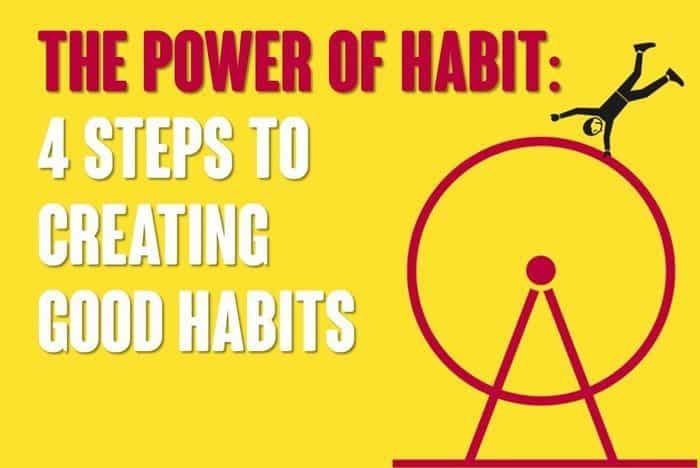 To solve this problem and break things down in a very simple manner, I have created this strategy guide for how to build new habits that actually stick.
To solve this problem and break things down in a very simple manner, I have created this strategy guide for how to build new habits that actually stick.
Even more detailed information is available in my book, Atomic Habits.
1. Start with an incredibly small habit.
Make it so easy you can’t say no.
—Leo Babauta
When most people struggle to build new habits, they say something like, “I just need more motivation.” Or, “I wish I had as much willpower as you do.”
This is the wrong approach. Research shows that willpower is like a muscle. It gets fatigued as you use it throughout the day. Another way to think of this is that your motivation ebbs and flows. It rises and falls. Stanford professor BJ Fogg calls this the “motivation wave.”
Solve this problem by picking a new habit that is easy enough that you don’t need motivation to do it. Rather than starting with 50 pushups per day, start with 5 pushups per day. Rather than trying to meditate for 10 minutes per day, start by meditating for one minute per day.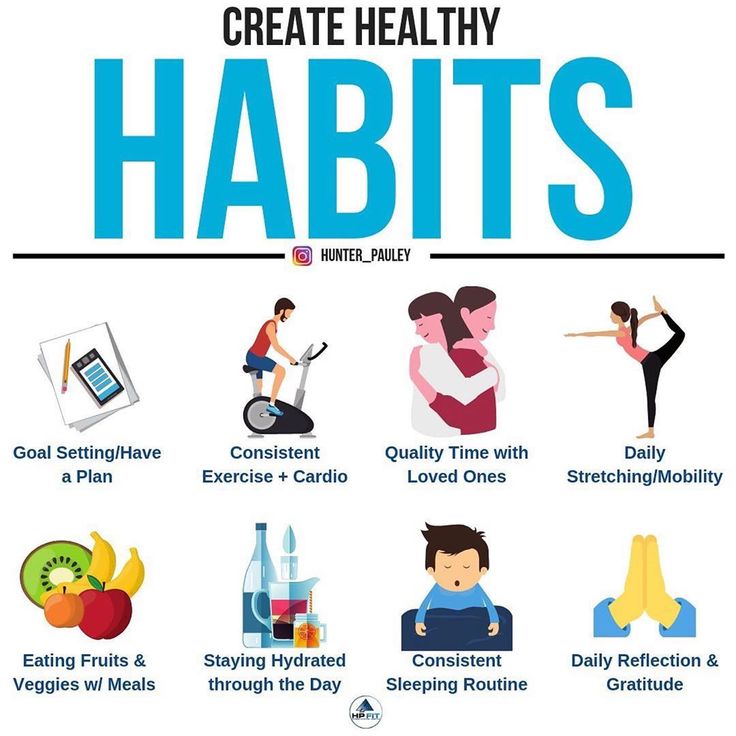 Make it easy enough that you can get it done without motivation.
Make it easy enough that you can get it done without motivation.
Further reading: Identity-Based Habits: How to Actually Stick to Your Goals
2. Increase your habit in very small ways.
Success is a few simple disciplines, practiced every day; while failure is simply a few errors in judgment, repeated every day.
—Jim Rohn
One percent improvements add up surprisingly fast. So do one percent declines.
Rather than trying to do something amazing from the beginning, start small and gradually improve. Along the way, your willpower and motivation will increase, which will make it easier to stick to your habit for good.
Further reading: This Coach Improved Every Tiny Thing by 1 Percent and Here’s What Happened
3. As you build up, break habits into chunks.
If you continue adding one percent each day, then you’ll find yourself increasing very quickly within two or three months.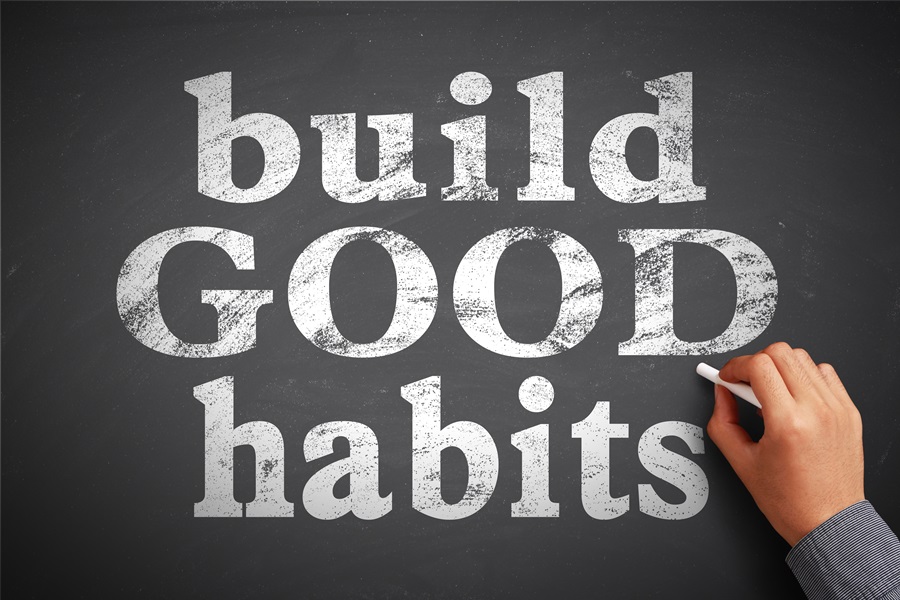 It is important to keep each habit reasonable, so that you can maintain momentum and make the behavior as easy as possible to accomplish.
It is important to keep each habit reasonable, so that you can maintain momentum and make the behavior as easy as possible to accomplish.
Building up to 20 minutes of meditation? Split it into two segments of 10 minutes at first.
Trying to do 50 pushups per day? Five sets of 10 might be much easier as you make your way there.
Further reading: I’m Using These 3 Simple Steps to Actually Stick with Good Habits
4. When you slip, get back on track quickly.
The best way to improve your self-control is to see how and why you lose control.
—Kelly McGonigal
Top performers make mistakes, commit errors, and get off track just like everyone else. The difference is that they get back on track as quickly as possible.
Research has shown that missing your habit once, no matter when it occurs, has no measurable impact on your long-term progress. Rather than trying to be perfect, abandon your all-or-nothing mentality.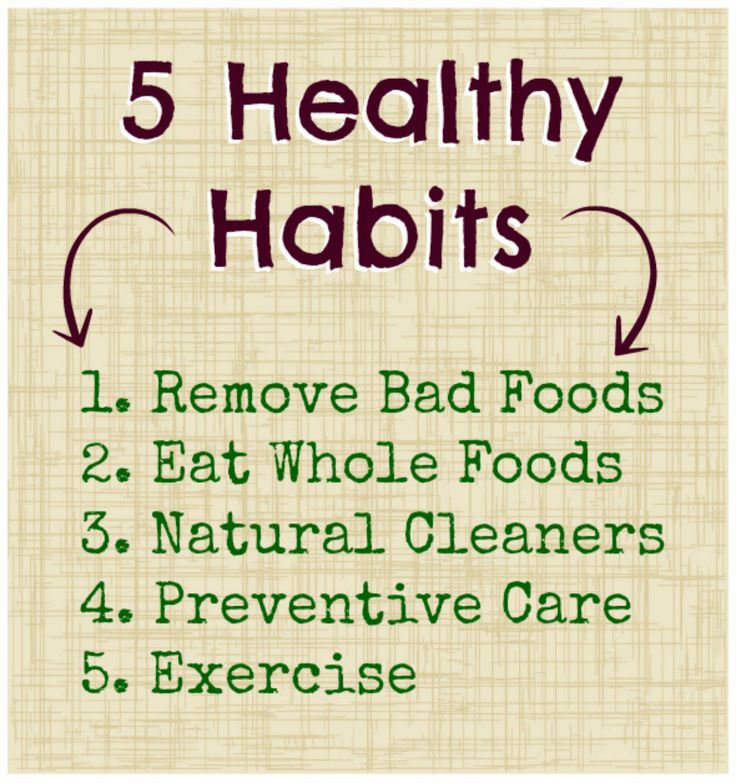
You shouldn’t expect to fail, but you should plan for failure. Take some time to consider what will prevent your habit from happening. What are some things that are likely to get in your way? What are some daily emergencies that are likely to pull you off course? How can you plan to work around these issues? Or, at least, how you can bounce back quickly from them and get back on track?
You just need to be consistent, not perfect. Focus on building the identity of someone who never misses a habit twice.
Further reading: How to Stop Procrastinating by Using the “Seinfeld Strategy”
5. Be patient. Stick to a pace you can sustain.
Learning to be patient is perhaps the most critical skill of all. You can make incredible progress if you are consistent and patient.
If you are adding weight in the gym, you should probably go slower than you think. If you are adding daily sales calls to your business strategy, you should probably start with fewer than you expect to handle.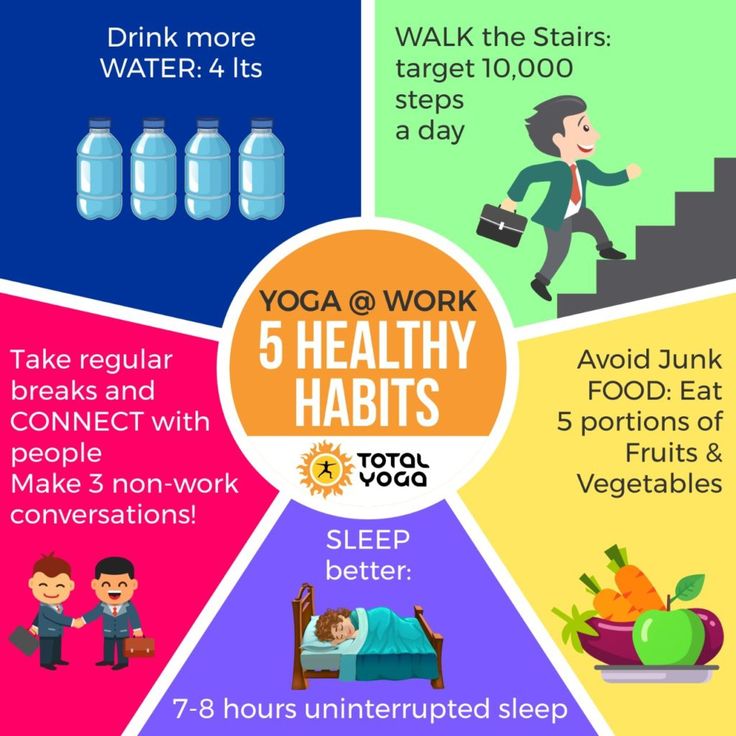 Patience is everything. Do things you can sustain.
Patience is everything. Do things you can sustain.
New habits should feel easy, especially in the beginning. If you stay consistent and continue increasing your habit it will get hard enough, fast enough. It always does. 2
If you want more practical ideas for how to build new habits (and break bad ones), check out my book Atomic Habits, which will show you how small changes in habits can lead to remarkable results.
Footnotes
Habits: A Repeat Performance by David T. Neal, Wendy Wood, and Jeffrey M. Quinn
Special thanks to BJ Fogg, Leo Babauta, and Kelly McGonigal for their research and work on habit formation and willpower. I have learned a lot from each of you.
Thanks for reading. You can get more actionable ideas in my popular email newsletter. Each week, I share 3 short ideas from me, 2 quotes from others, and 1 question to think about. Over 2,000,000 people subscribe. Enter your email now and join us.
How to form good habits and get rid of bad ones: ultimatum instructions
Today we will deal with habits: find out why they are needed, where they come from, why it is so difficult to acquire good habits and get rid of bad ones.
What are habits and why are they needed
Habits -
any actions
that we perform "on the machine", without thinking or making any effort. There is evidence that out of habit we choose
Media
, we make
purchases
, eat
Harmful snacks
instead of useful vegetables,
We are engaged in
sports, follow the doctor
,
My hands
and
to teeth to teeth to teeth teeth to teeth teeth .
There is nothing surprising in the fact that habits have become the second nature of mankind. From an evolutionary standpoint, the ability to develop habits is a great technical solution that allows you to easily maintain the right behavior. For example, the default habit of choosing berries that turned out to be tasty and not poisonous last time could have kept our cave ancestors alive and healthy.
However, habits are a double-edged weapon. After all, to act out of habit, motivation is not needed. To start the program, it is enough to be in the circumstances in which this very habit was formed.
It's great when an athlete who comes to the gym immediately has a desire to get on the treadmill. But if a person who has quit smoking, being in the usual company of smokers, “shoots” a cigarette from a friend, there is little good in this.
Habit is the very thing that helps to connect good intentions and real behavior. It depends solely on our habits whether we lead a healthy lifestyle or find ourselves back on the couch in the company of chips and a laptop.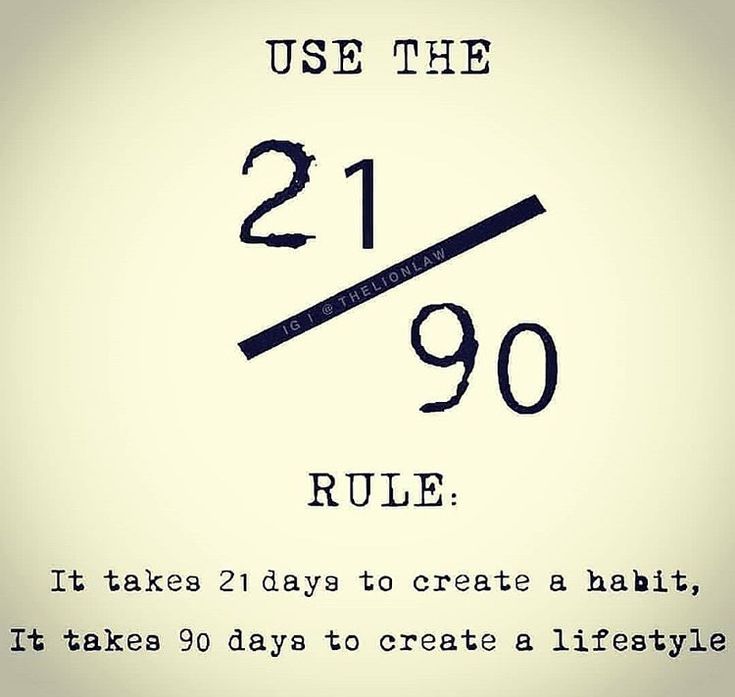
Where habits come from and why they are so hard to change
In terms of physiology, habits are ready-made neural connections that automatically turn on when a person falls into certain circumstances. These neural connections are stored in the striatum, a part of the brain that is responsible for both creating stable patterns of behavior
and for making decisions
.
To make it easier to understand how habits get into the brain and what it threatens us with, let's look at how the habit of brushing your teeth begins.
Stage 1: appearance of the stimulus signal
For most of us, this "irritant" was the parents, who kept repeating how important it is to brush our teeth. So a new goal appeared in life - to learn how to brush your teeth. After all, no one wants mom and dad to get upset or swear.
Stage 2: formation of a behavioral model
Now that we were in the bathroom, we knew it was time to brush our teeth. To do this, you need to gather your courage, take a brush, squeeze the paste onto it, turn on the water - in general, strain your will and do a bunch of different actions, without which the job will not be done.
Stage 3: Model Reproduction and Habit Formation
The next day we went to the bathroom again and brushed our teeth again - at the same time, in the same place, in the same way. Over time, it was given to us easier and easier, until we stopped noticing how the process goes. Done: brushing your teeth has become a habit.
If we compare how our brain worked at the second and at the end of the third stage, it will be noticeable how much everything has changed. Previously, the brain performed a bunch of small, almost unrelated tasks. Now, small tasks have turned into one action that is easily launched and carried out, without requiring strong willed efforts on our part at all.
Now let's see what follows from this.
- As long as the habit is just forming, it is easy to interfere with it . While we were just learning how to brush our teeth, we thought about how much paste to squeeze onto the brush. Once the habit is formed, we generally stop thinking about it.
- It's very hard to change an existing habit . You probably noticed this when hot water was turned off at home. It seems that you know that there is no water, but your hands still reach for the “hot” tap.
- Breaking a habit is difficult . A ready habit is a very real group of neurons in the brain that will not disappear just because we suddenly want to. Even if the water in the house is turned off for a month, our habit of brushing our teeth will most likely not go anywhere.
How to break bad habits and build good ones
Let's be honest: most likely, it will not work to "break" a bad habit
.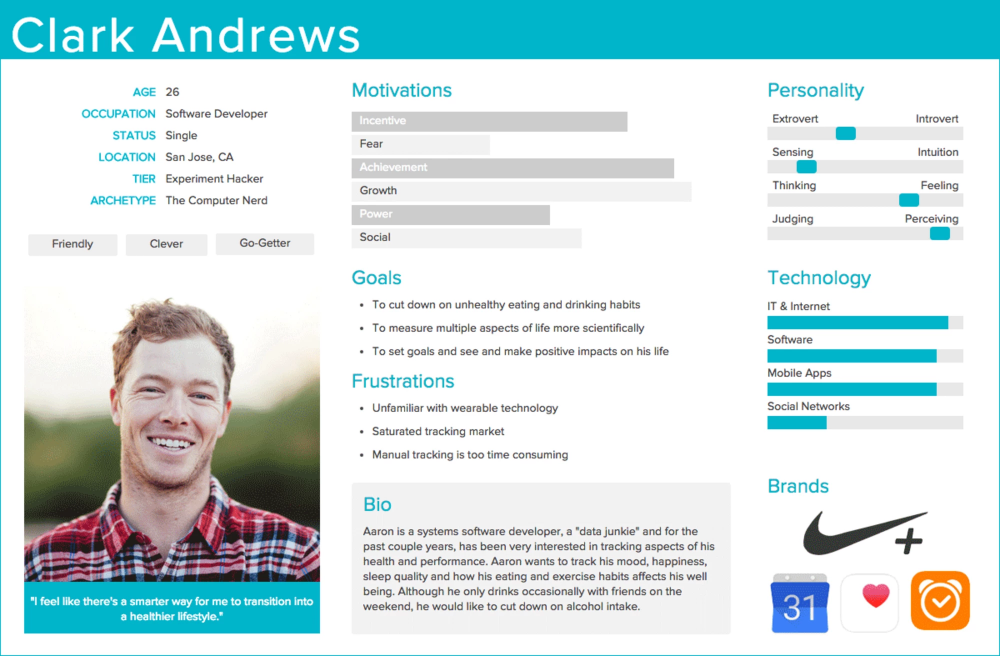 We remember that a habit is a very real part of the brain that is tuned to "automatic operation." It is much easier to give an old habit new life. For example, instead of breaking the habit of eating French fries, you need to replace the habit of eating potatoes with the habit of snacking on apples.
We remember that a habit is a very real part of the brain that is tuned to "automatic operation." It is much easier to give an old habit new life. For example, instead of breaking the habit of eating French fries, you need to replace the habit of eating potatoes with the habit of snacking on apples.
At the same time, creating a new habit is usually much easier than breaking an old one. To acquire a new good habit, you need to go through 5 steps:
- Choose a goal . Let it be mandatory half-hour walks in the morning.
- Come up with a simple daily action that will help you reach your goal. For example, you can get up half an hour earlier every morning.
- Plan when and where you will perform the selected action . If you have some free time, instead of taking the bus to work, you can walk the distance to work.
- Perform an action every time you are in the right place at the right time. In our case, for example, you can’t spend your free time on social networks.
 We decided to go, so we had to go.
We decided to go, so we had to go. - Be patient . It takes time to get into the habit of walking to work. You should not expect that the habit of walking will appear in just a couple of days or weeks.
Is it true that any habit can be formed in 21 days
No. The myth that it takes only three weeks to form a habit appeared after plastic surgeon Maxwell Maltz published his book
Psychocybernetics
in 1960. The doctor noticed that, on average, his patients got used to a new face in 21 days, and the entire scientific world took his word for it - until in 2009, British researchers decided to test this belief experimentally.
96 people participated in the experiment. Each participant chose a healthy habit they wanted to form, such as drinking a bottle of water with lunch or running 15 minutes before eating. The experiment lasted 12 weeks.
It turned out that in order to form a habit, on average, it takes more than two months, or rather, 66 days . At the same time, for some participants in the experiment, only 18 days were enough to form a habit, while for others it took 254 days.
In general, it is better not to expect that a good habit will be formed in three weeks, rather it will be a period of two to eight months - this is how long it takes for most people to "sprout" new neural connections in the striatum.
What to do if you can't acquire good habits
Try adjusting your tactics. Here is what
can do
:
Choose a more realistic target . Simple and clear actions do not require much time and therefore quickly become habitual. In addition, even small lifestyle changes are more beneficial than no changes.
In our example, if you don't have the strength to walk to work, you can set yourself the goal of walking a couple of stops and then getting on the bus.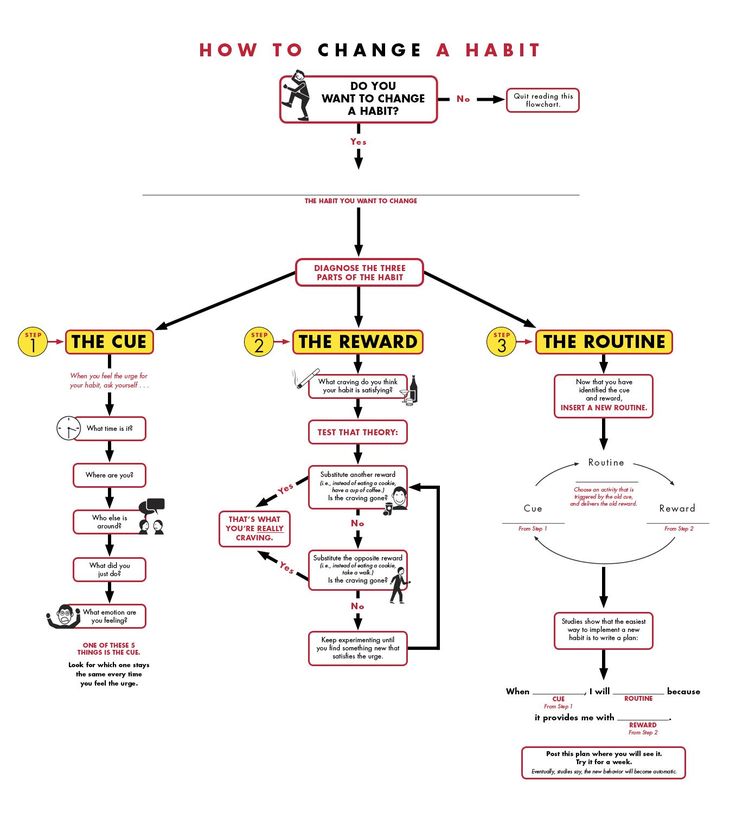
Measure progress . Almost all people who form a new habit feel that it starts too slowly. Maybe you should start a checklist where you can evaluate (in points) how easy it was for you to get into the new habit.
For example, 1 point - I barely made myself go for a walk. And 10 points - I didn’t notice how I walked the distance to work, because at that time I was talking with a colleague on the phone.
Do not scold or punish yourself if the habit does not add up. We remember that a habit is a bunch of new neurons that take time to grow. In the end, everything will work out - so the habit will not go anywhere!
What is the result
- Habit - very real neurons in the brain that are responsible for automating certain actions in certain circumstances.
- It takes on average a little over two months to form a habit. Once a habit is established, it's much easier to replace one habit with another than it is to get rid of it completely.

- Anyone can develop good habits. The main thing is to follow the instructions, take your time and do not scold yourself if the habit could not be developed immediately. Over time, everything will definitely work out.
Subscribe to The Challenger!
How to develop the habit of learning? Or any other — Personal experience on vc.ru
Methodological director of EdMarket Marina Litvinova shared her experience of forming good habits.
6694 views
Throughout 2020, I carefully planned everything (both work and personal tasks). She also started developing good habits: drinking water and exercising on a simulator, communicating with loved ones, going to bed on time, reading regularly, finding time for a hobby.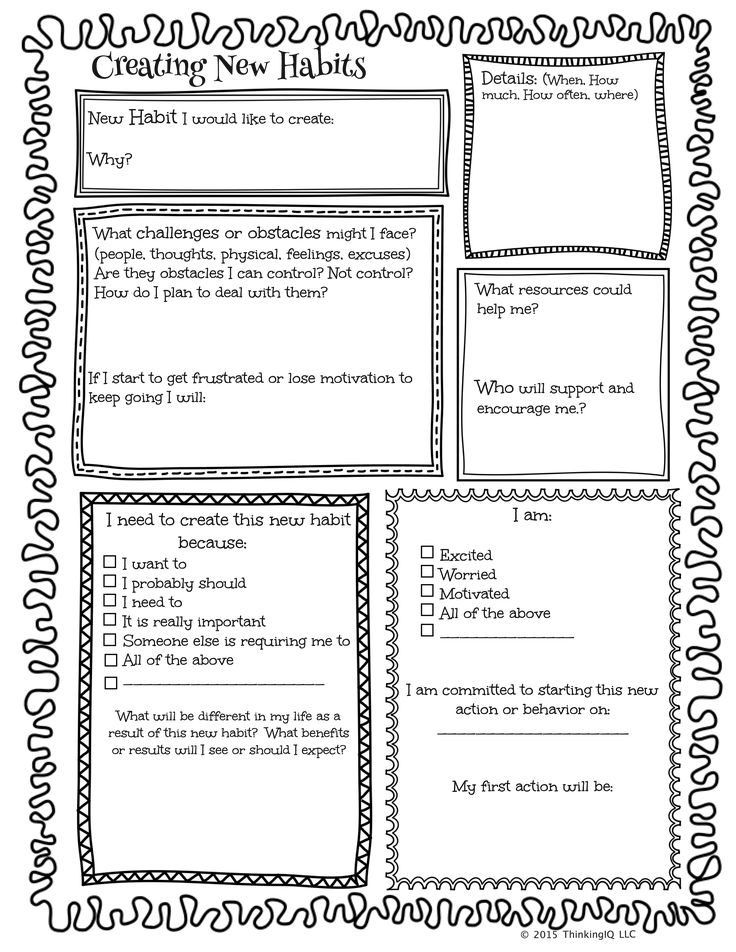
As a result of observing how it all came together, I came up with an algorithm for developing a new habit. I would be glad if you share your tips in the comments.
How many times have you made that promise to yourself? And, of course, you already know how it all ended. Start building healthy habits now:
1. Make a schedule of tasks for the day
While there is no clear schedule and description of daily regular tasks, there is no understanding of the real workload. Then it is extremely difficult to build any new habit. Especially useful, because it is more difficult to work out.
How do I make such a schedule?
- I take into account morning and evening routine, working hours, time with family, lunch, shopping, online communication, cleaning, paying utility bills, watching movies, reading books, cooking. In a word, everything.
We do a lot without taking notes, so we don't understand our real workload.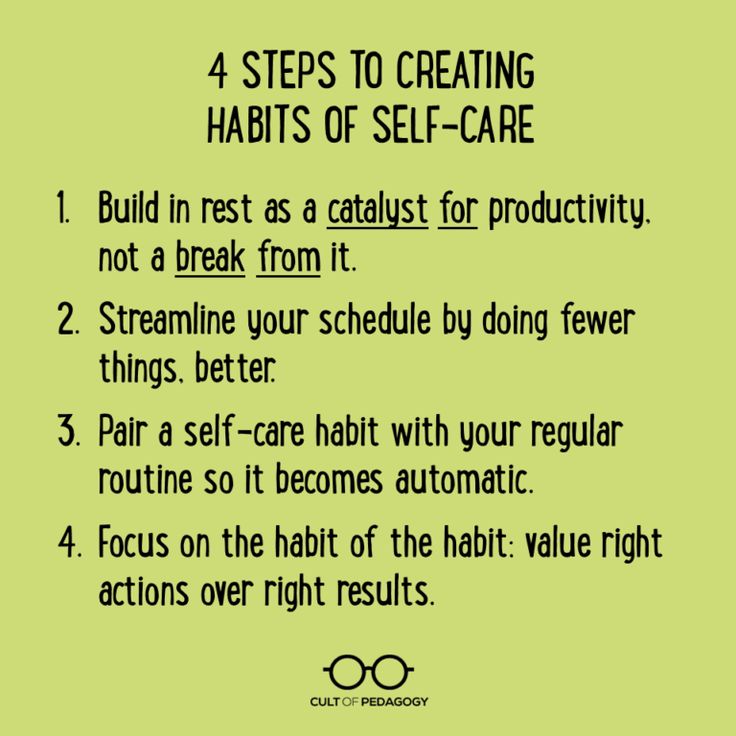
- sometimes I compare my schedule with the schedule of my child, spouse, parents. For example, I have webinars on Tuesdays and Thursdays in the evening, so it is important that on these days the husband is at home and can take care of the child.
While your head is busy with the chaotic logistics of different spheres of life, you are completely in a state of flux. There is no time to practice new useful skills.
- wondering what I can give up to “buy” time
As Barack Obama said, “I make so many decisions that I try to cut them where I can. I don't want to decide what to wear. As you can see, I only wear blue or gray suits.”
I refused to view the news feed in FB, I do not read chats in Telegram. In my spare time, I read list books, listen to educational podcasts, or watch instructional videos.
2. Look for free slots for habit
Once you've detailed your schedule and all of your incoming tasks, look for open slots to work on your habit.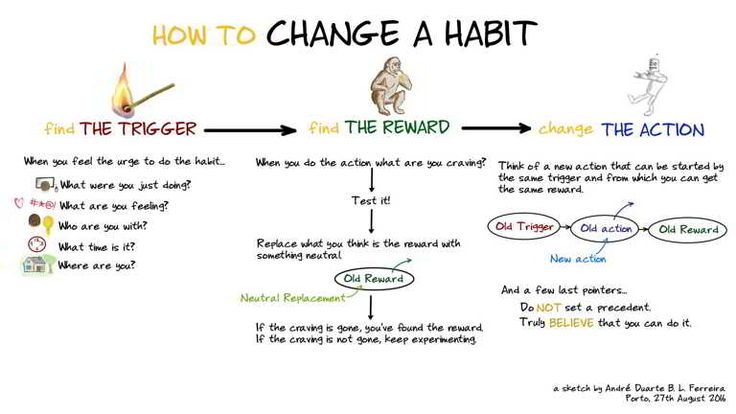
Once a month, once a quarter I summed up the results, looked at the progress. It took me at least 1.5 months to get used to the schedule with the new habit.
Ideally, if a new habit is practiced every day.
Let it be 5 minutes a day, but regularly.
It should be part of your schedule.
- Add the selected slot to the calendar.
3. Look for a trigger for a habit
What is a trigger? It is a trigger that evokes a certain emotion, a small event or a detail that reminds of a specific event.
For example:
- You are used to calling your mother while walking the dog. And every day, just leaving the entrance with the dog, you mechanically reach out to dial your mother's number
- Every day during your lunch break you drink coffee and listen to a study podcast, and the smell of coffee can be a reminder to you that it's time to get back to class
- every working day you start with listening to a certain melody, and it becomes a trigger.

How to use the action of triggers when working with habits?
You can set an alarm with a specific signal for the time you plan to practice the habit. Soon this signal will be associated with the desired action.
4. Enter tracking for a new habit
What you can do to track a habit:
- Record each day you practiced the habit. Put ticks, write reports, color the squares on the calendar, stick stickers on the wall.
- reward yourself with pleasant gifts when you have overcome a tangible volume, reached a new level, reached some intermediate point. I like that in the YearCompass glider with the results of the year and goals for the next year there is such a phrase “With these three gifts I will thank myself for my success.” That is, right after the list of goals, plans for the year, you come up with incentives for yourself and enter them into your planner.
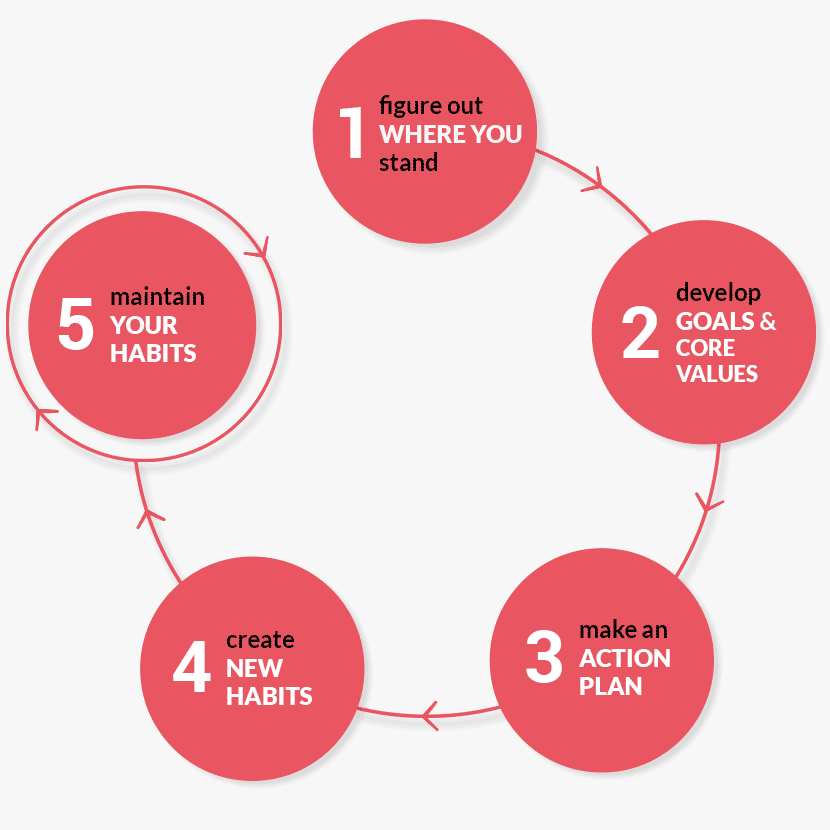
Try to praise yourself even for small accomplishments. Passed the homework on the online course - excellent. They gave up the cake in favor of a salad - super. Before going to bed, they didn’t scroll through the Instagram feed and fell asleep more calmly - generally fine.
It is important to see the progress and feel the joy of even small, but achievements.
5. Make the good action easier and the bad action harder.
I took this idea from Gretchen Rubin's book The Happiness Project. The author as a whole talks beautifully about how to make sense of your life and leave in it what is valuable and what brings happiness.
So, we give a green light to useful habits, and we form an obstacle to unhelpful habits. For example, we put a basket of fruit on the table, with sweets - higher in the locker. Hungry - take an apple. Or another piece of advice: don't forget to buy groceries that have run out on time and set aside time for cooking so as not to reach for a quick sandwich.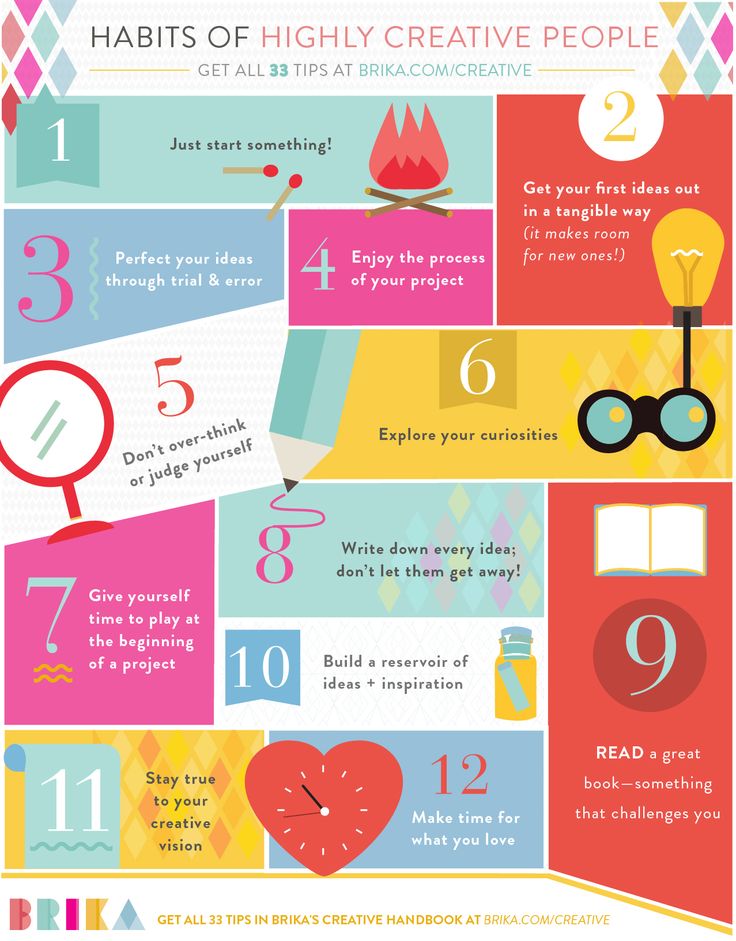
During training, it is useful to put your phone away from you so that you have to get up and walk to it if you just want to check messages in the messenger. Set to block the internet or certain apps when you want to work out, spend time with your family, or just relax.
Prepare in advance what you will need during class. For example, if you want to go jogging in the morning, sportswear and sneakers are best prepared in the evening.
Hide any social network links away if you don't want to be distracted by them. For example, since last year I only watch FB in the browser, which is inconvenient. But in the phone I always wanted to open. In general, social networks and application influence algorithms are well described in the film “Social Dilemma”. I recommend to look.
6. Dock a new habit to an existing one.
This is a great idea from the Mustreader YouTube channel.
If, for example, you are already accustomed to having online classes on Tuesdays and Thursdays, then after completing the course, look for ways to maintain this habit: take another course, independently schedule yourself to watch educational videos or read these days and time, arrange calls with former classmates and create a mastermind group, set up reminders in the application for learning something new for these days that are already familiar to learning.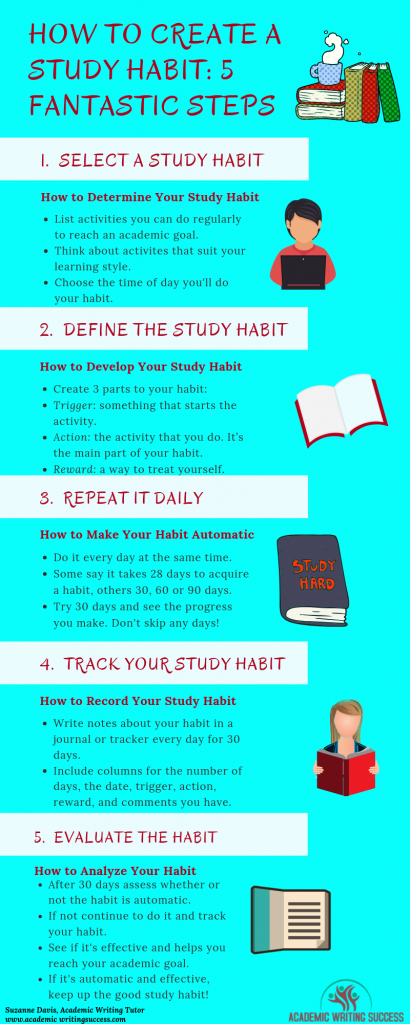 Don't lose such a useful trigger.
Don't lose such a useful trigger.
7. Try practicing the new habit in a more resourceful state.
For example, in the morning, while we just woke up and are full of energy, it is much easier to persuade ourselves to go in for sports or eat healthy food instead of unhealthy food. At the end of a busy day at work, it can be harder to cut back on sweets and skip a workout.
Start practicing good habits while you are still full of energy and in a good mood.
And when right in the morning you have already coped with a difficult task (a new habit), it is already so pleasant to feel “I am doing great!”
8. It is very difficult to train several new habits at once.
Maximum I would recommend taking two. And then, if they are somewhere nearby. For example, you have a focus on learning a new program and you train two habits at the same time: watch a training video for 10 minutes every day (regular training) and write down three theses from the video (reflection, note-taking).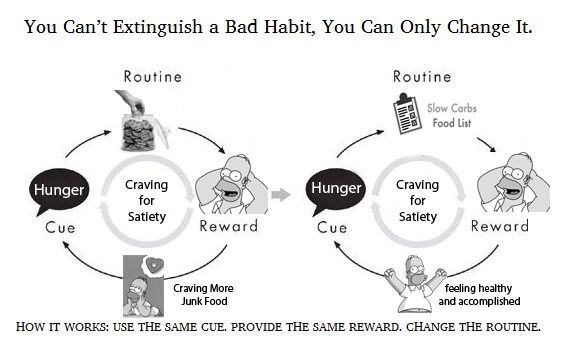 Or you decide to drink 2 liters of water and eat one salad daily and track. But if it doesn't work out, don't be discouraged. Give up one habit and train consistently.
Or you decide to drink 2 liters of water and eat one salad daily and track. But if it doesn't work out, don't be discouraged. Give up one habit and train consistently.
At the beginning of 2020, I immediately rushed to cultivate several new habits (training on simulators, learning English, the norm of water per day, etc.). And after a couple of months it suffered a complete collapse, because neither the schedule nor the tracking helped. After that, I reduced the number of new habits to two and by the end of the year I was already satisfied with the result. For example, I learned to go to bed at 10.30 pm and between “watch a movie” and “go to bed on time” I make a choice in favor of the latter.
9. Give the new habit time to settle into your schedule.
According to various sources, it takes about 60 days to train one habit (no, not 21). Maybe it will be a couple of weeks, or maybe a couple of months or even longer. Anastasia Kay's Youtube channel has a lot of useful information on developing new habits based on various studies by biologists and neurophysiologists. Search if you're interested.
Search if you're interested.
So don't blame yourself if after three weeks you are still pushing yourself.
And sometimes you need to give yourself time to relax and lower your "standard".
For example, in 2020 I set myself the goal of reading a large list of literature (40+ books, that's 3-4 books per month). By the middle of the year, I realized that: - some books were no longer relevant to me, - I choose most of the books from the new list according to recommendations, - my reading speed is one book per month, so I won’t fulfill my “standard”. But at the same time I read thoughtfully, I choose books carefully. So I lowered my reading quota without regret, the habit of "reading 3-4 books a month" changed to "reading at least 1 book a month."
10. Find people who practice the same or exactly the same habit.
In the community, it will be easier for you to get moral and informational support from other people.